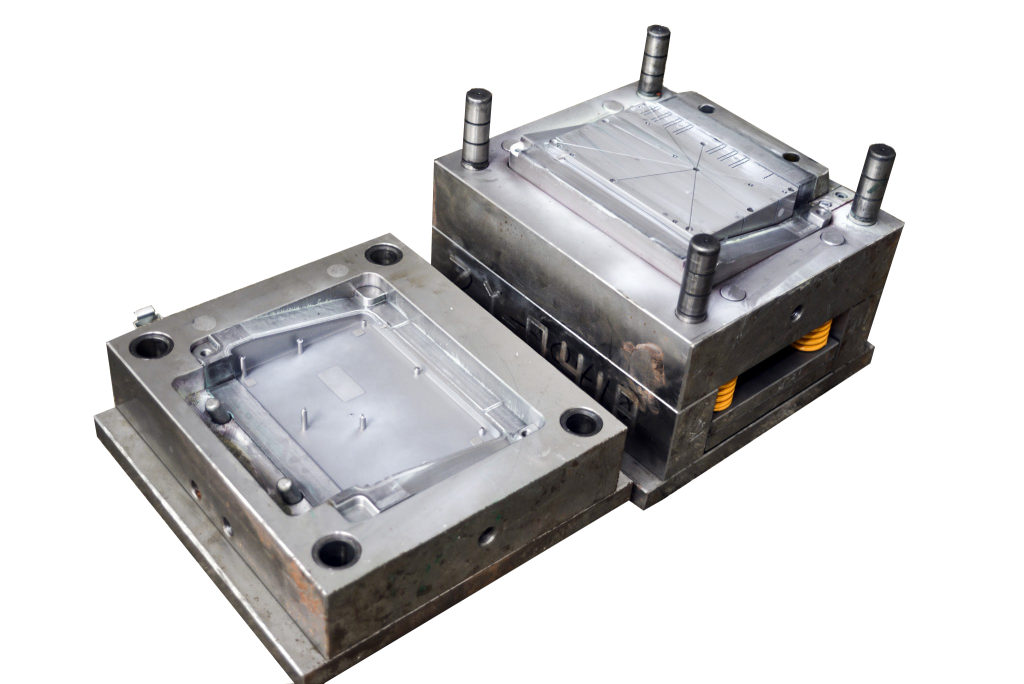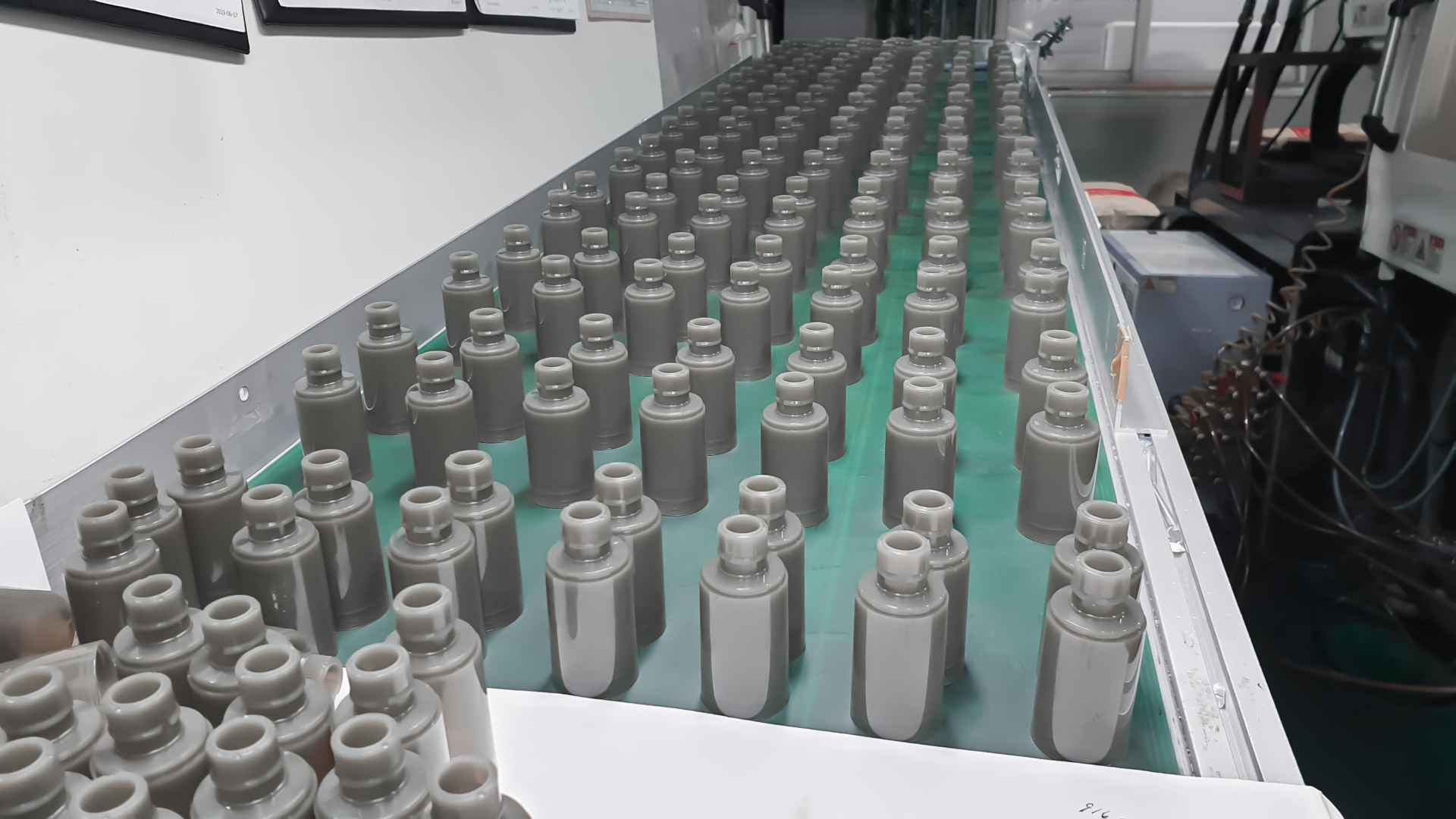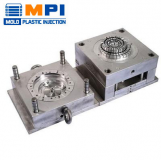China stands as a global giant in the manufacturing realm, and at its core are the plastic injection mold manufacturers. These trailblazers master the art of transforming raw plastic into essential products we use daily. With a blend of advanced technology, skilled labor, and innovative designs, Chinese manufacturers consistently deliver top-notch quality. They not only cater to domestic demands but also fuel global markets. Let’s see deeper into this thriving industry and its key players.

Key Players in Plastic Injection Mold Manufacturers China
Plastic injection molding is big in China. Many top companies lead the way. Let’s talk about key players.
Foxconn
While primarily recognized for electronics manufacturing, Foxconn also delves into the plastic molding segment. With their vast resources, state-of-the-art technology, and strong quality control processes, they’ve carved out a niche in the molding industry too.
Yongshen Mould
Established many years, Yongshen has made its mark by specializing in designing and producing various plastic molds. Their deep knowledge base and commitment to innovation have attracted clients from across the globe.
SINO MOULD
A name synonymous with top-tier molds, SINO MOULD is a global player. Their strength lies in delivering high-quality molds tailored to specific client needs, backed by an experienced team of engineers.
Tian Yuan Mould
Situated in the manufacturing hub of Dongguan, they are equipped with the latest technology and a team of trained professionals. Their reputation for precision and reliability has won them contracts with major corporations.
JasonMould
Setting themselves apart, JasonMould concentrates on crafting intricate and complex plastic parts. Their detailed-oriented approach, combined with advanced techniques, makes them a go-to for specialized molding requirements.
KYE Mould
Precision is the name of the game for KYE. Their meticulous attention to detail ensures that they can handle projects of any size, from minute components to large parts, with consistent quality.
Mold-Town
Nestled in the industrial city of Shenzhen, Mold-Town services a wide range of sectors, from electronics to automotive. Their holistic approach to molding, from design to delivery, has won them a loyal clientele.
Plastic Injection Mold Manufacturing Process
The world of plastic injection molding is fascinating. If you’ve ever wondered how everyday plastic items come to life, this guide is for you. Let’s see the detailed process of plastic injection mold manufacturing.
1. Design Phase
Every great product starts with a design. Engineers use software like CAD (Computer-Aided Design) to create a digital model. This model captures the item’s size, shape, and features. This design also considers the end product’s function and appearance.
2. Mold Creation
Once the design gets approved, it’s time to make the mold. Steel or aluminum are the usual choices for mold materials. These metals are durable and can withstand high pressures. The mold has two halves: the core and the cavity. When these halves come together, they create a space for the plastic.
3. Choosing the Plastic
Different products need different types of plastic. Factors like flexibility, strength, and color play a role in this choice. Manufacturers often use pellets of thermoplastic materials. These pellets melt easily and take the shape of the mold.
4. Preparing the Machine
Before starting, the injection molding machine needs preparation. Workers ensure the machine is clean and in top shape. They then load the chosen plastic pellets into the machine’s hopper.
5. Melting the Plastic
Inside the machine, there’s a heated barrel with a screw mechanism. The machine pushes the plastic pellets into this barrel. Here, heat melts the pellets into a liquid form. This liquid plastic is now ready for molding.
6. Injecting the Plastic
The machine then pushes the melted plastic into the mold. This action uses a lot of pressure. The high pressure ensures the plastic fills every part of the mold. This step is crucial for detailed and intricate designs.
7. Cooling and Solidifying
Once the plastic fills the mold, it needs to cool and solidify. This process doesn’t take very long. As the plastic cools, it starts taking the shape of the final product. Cooling systems within the mold help speed up this step.
8. Ejecting the Product
After cooling, the mold opens up. It’s time to remove the newly formed plastic part. The machine has an ejecting rod that pushes the product out. This ensures the product comes out smoothly without any damage.
9. Checking Quality
Quality control is essential. After ejecting, every product undergoes a thorough check. This step ensures there are no defects or issues. Items that pass the quality check move on to the next phase. Those with problems might get recycled or discarded.
10. Post-Processing
Sometimes, the product needs additional work. This can include trimming away excess plastic or adding finishing touches. Post-processing ensures the product looks polished and meets the desired standards.
11. Assembly (if needed)
For products made of multiple parts, assembly is the next step. Workers or machines fit the parts together. This can involve using adhesives, screws, or other joining methods.
12. Packing and Shipping
The final products are now ready for the world. Manufacturers pack them safely in boxes. They make sure the items are secure and protected. Then, these boxes head out for shipping to various destinations.
Benefits of Plastic Injection Molding
Consistency: This process produces large quantities with little variation. So, you get consistent, high-quality products every time.
Efficiency: Once set up, the machine can work non-stop. This means faster production and quicker delivery times.
Flexibility: Manufacturers can easily change the plastic-type or color. This allows for diverse product ranges with minimal setup changes.
Detailed Designs: The high-pressure injection ensures even complex designs come out perfectly.
Cost-Effective: In the long run, plastic injection molding can be more cost-effective. Especially when producing large quantities.

Materials Used in plastic injection mold manufacturers
Plastic injection molding is a versatile process. Different materials play a crucial role in its success. Let’s explore some key ones.
Thermoplastics: The most common material, thermoplastics melt easily. Polystyrene, polyethene, and polypropylene are popular examples. They’re widely used due to their recyclability.
Thermosetting Plastics: Unlike thermoplastics, these can’t be melted again after molding. Bakelite and urea formaldehyde are typical examples. They offer high strength and stability.
Elastomers: Rubber-like materials that return to their original shape after stretching. They’re flexible and durable. Silicone and neoprene are common elastomers in molding.
Metal Inserts: For products needing extra strength, metal inserts work wonders. They’re placed inside the mold, and plastic surrounds them. This enhances the product’s durability.
Fillers: These materials get added to plastics to improve product qualities. They can enhance strength, and flexibility, or reduce production costs.
Colorants: Want a vibrant or specific colored plastic product? Colorants do the job. They mix with the plastic to give the desired shade.
Final Thoughts
Plastic injection molding is a marvel of modern manufacturing. From the initial design to the final product, each step is crucial. This process gives us countless everyday items, from toys to tools. If you ever pick up a plastic item, remember the journey it took to reach your hands.

